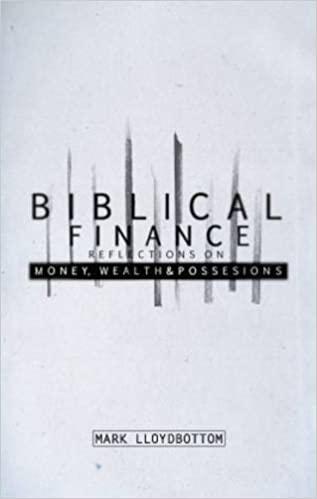


1. A and B are in partnership sharing profits and losses equally. They admit C as a partner and adjusted the profit-sharing ratio to 2:2:1 for A, B, C, respectively. Goodwill is valued at $10 000 but no goodwill is to be recorded in the books. What will the entries in the capital accounts be? A. Debit A and B with $1000 each and credit C with $2000 B. Credit A and B with $1000 each and debit C with $2000 C. Debit A and C with $1000 each credit B with $2000 D. Credit B and C with $1000 each and debit A with $1000 Justification: 2. If a company wishes to raise capital without increasing its debt, it should issue A. Ordinary shares B. Bonus Shares C. Debenture D. Mortgage Justification: 3. S and A are in partnership sharing profits and losses equally. They admit was a partner and conducted a revaluation of the assets which resulted in a loss of $18000. The new profit-sharing ratio is 2:2:1 for S, A, and W, respectively. How will the revaluation loss be recorded in the capital accounts? A. Debit S and A with $9000 each B. Credit S and A with $9000 each C. Debit S and A with $9000 each and credit W with $18000 D. Credit S and A with $9000 each and debit W with $18000 Justification: 4. What is the authorised share capital of a limited company? A. The amount of shares issued to shareholders B. The amount paid for shares by the shareholders c. The maximum amount of shares that can be issued D. The minimum amount of shares that can be issued Justification: 5. Preference shareholders unlike ordinary shareholders, are unable to do which of the following? A. Receive dividend above the amount paid to ordinary shareholders B. Receive dividend pay-out above the percentage stated during the issuance c. Have priority of dividend payment before the ordinary shareholders D. Vote in the General Meeting of the company Justification: 6. What is the reward of profit received by a shareholder of a limited company called? A. Dividend B. Commission C. Interest D. Drawings Justification: 7. In a cash flow statement, which item is a cash outflow? A. A $5000 decrease in inventory B. A $8000 decrease in Accounts Receivables c. A decrease in Accounts payable of $8,500 D. An issue of bonus shares, $50,000 Justification: 8. Which of the following is NOT a cash outflow for the firm? A. Dividends B. Provision for bad debts c. Interest payments D. Taxes Justification: 9. Which of the following is TRUE regarding the purpose of the statement of cash flows? i. Determining the company's ability to pay dividends and interest expense ii. Predicting future cash flows iii. Evaluating management decisions iv. Reporting net income A. i and iv only B. ii and iii only c. i, ii and iv only D. i, ii and iii only Justification: 10. Why is depreciation added back when arriving at the cash flow from operating activities? A. It is only an estimated amount B. It does not affect profit C. It only affects the non-current assets D. It does not result in a flow of cash Justification









